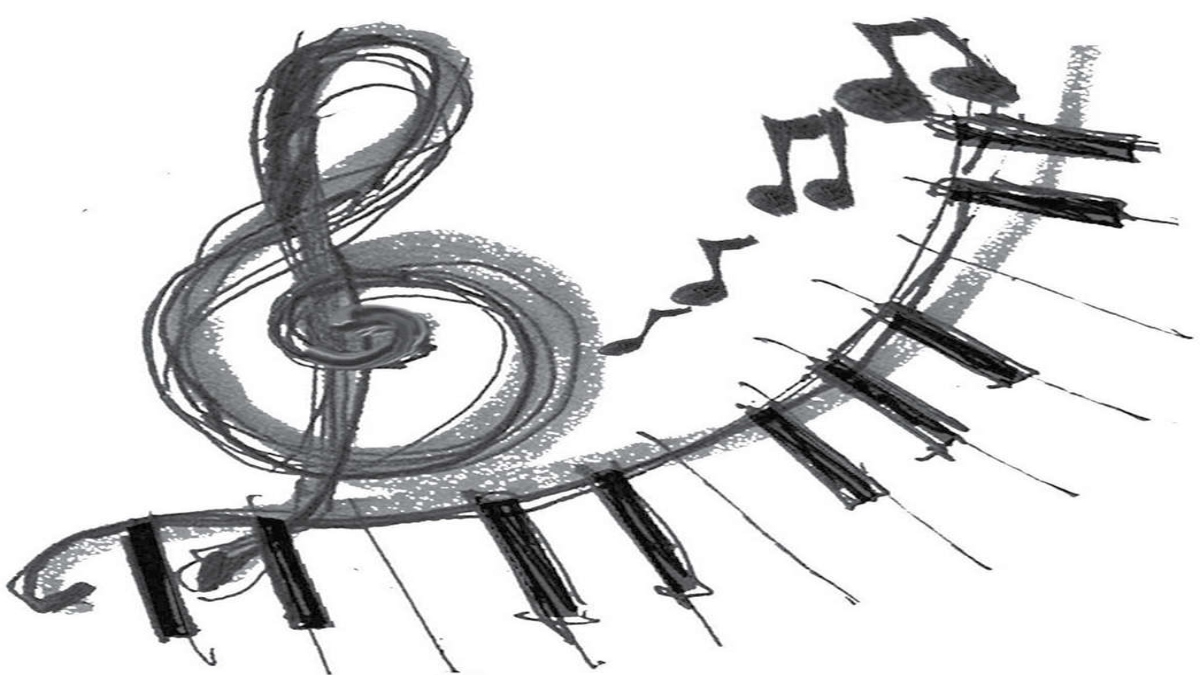


Back in my college, I had a friend who was my ‘philosophy buddy’. We were teen philosophy geeks who prided themselves on having armchair discussions on the greatness of life and its profound realities. During one of our discussions, Bugs, as I used to call her, came up with this interesting concept of soul thumbprints. She had read somewhere that we all leave imprints of our inner being on everything that we do or say in this world. Much like how a person’s thumbprints are left behind on wet clay. These thumbprints are impressions the world carries of us; they are stamps of our personality. This is analogous to a psychotherapist using words or mannerisms of a person as clues to get a glimpse of their inner psyche.

It has been many years since that discussion with Bugs, but that conversation stays alive to this day in my musical world. I see thumbprints of my clients on the music they produce, on their struggles while learning music, and on the choice of music, they gravitate towards. It is a wonderful window into their inner being. A case in point was a recent session with a client Neha (name changed). As I was doing some ‘Alankaars’ (practice of music in the Hindustani genre) with her, I noticed something curious. She seemed to gravitate towards landing on the pillar notes of the Indian octave Sa and Pa, and would almost seamlessly replace some of the other notes, like Dha and Ma, with these pillar notes. For the uninitiated, Sa and Pa are stable notes of the Indian music scale and the other notes are fractal notes in between these two. For Neha, Dha and Ma were unfamiliar places, and therefore subconsciously not trustworthy. Sa and Pa were safer places, which is why she kept gravitating towards the sublimated musical security that these notes offered. We went on in that session to discuss her possible fear of failure and need for comfort in the familiar and secure.
In my opinion, since music is disarming and instantly engaging, soul thumbprints can be extracted during a person’s musical journey even more easily than during therapy. In therapy, the skill of the therapist and his or her ability to disarm and engage are of prime importance. Music is intrinsically engaging, disarming and powerfully emotive. So, the person engages with ease, and his or her inner psyche may be easily seen through his or her way of relating to the music being sung or learnt. If we can employ this initially with the help of empirical findings and intuition, and hopefully later back it up with sufficient research, music can be effectively used to create a safe environment for psychological therapy. Along with providing this safe space, music allows for the person to leave his or her soul thumbprints as clues to his or her inner psyche, which can then become powerful material for a therapist to work with.
There are so many ways in which music is a part of our lives. The more I dig, the more I find. The connection that music has with our inner lives is unfathomably deep. It is intrinsically woven into the fabric of the human psyche, yet pulling a thread is all it might take to unravel many mysteries of our inner being. It is time to think, ponder and deliberate on this. There may be simple and powerful answers to unlocking the human potential using music.
The writer is a vocalist of both Hindustani and Carnatic Classical music, with over three decades’ experience. She is also the founder of Music Vruksh, a venture to make classical accessible for its aesthetic and wellness benefits.